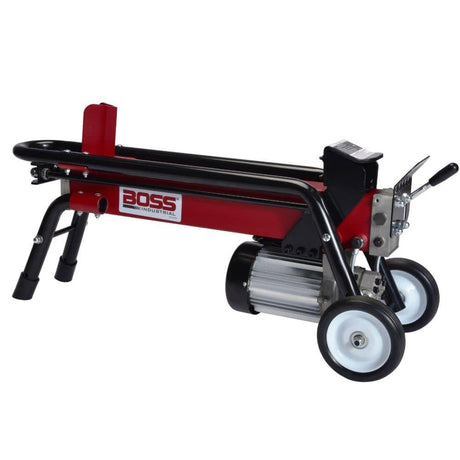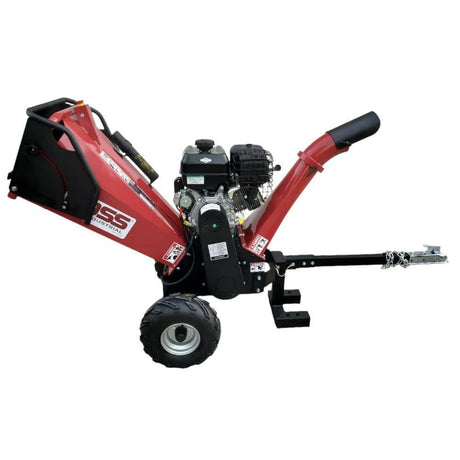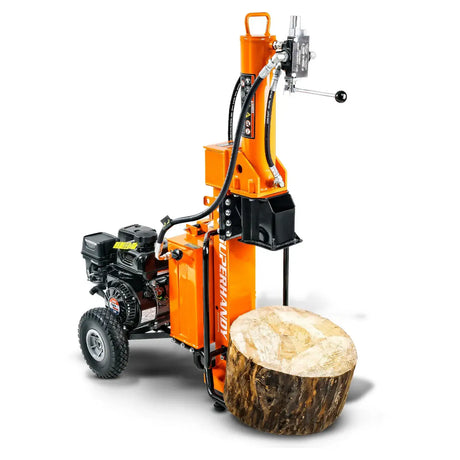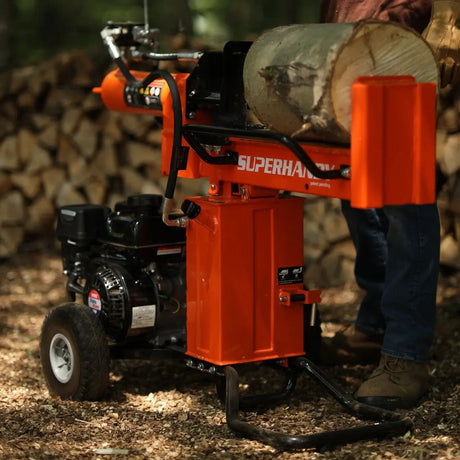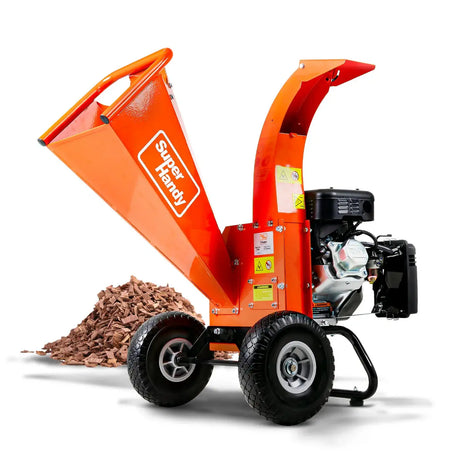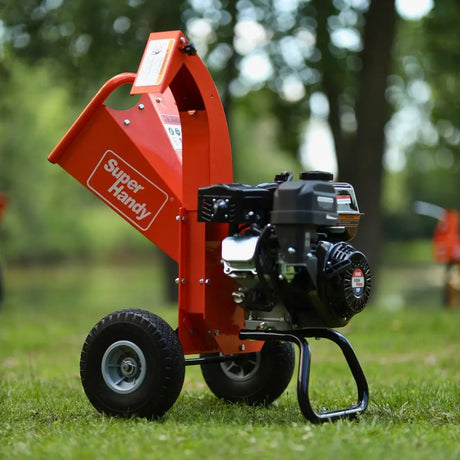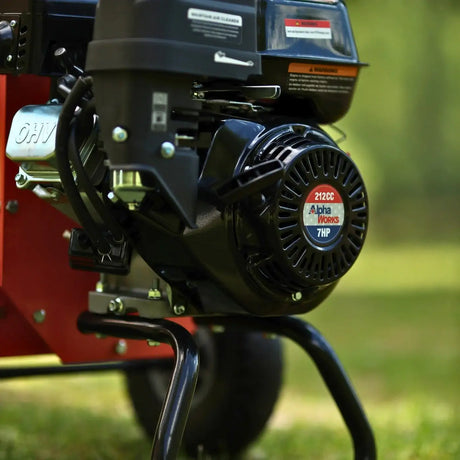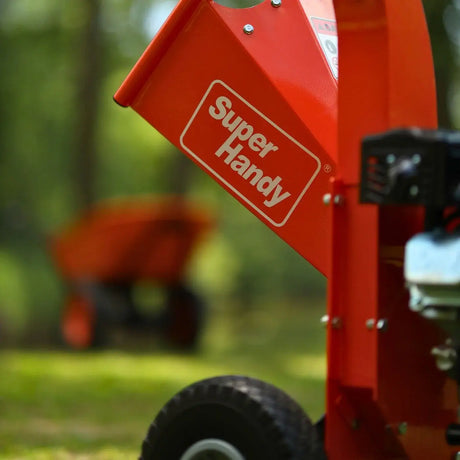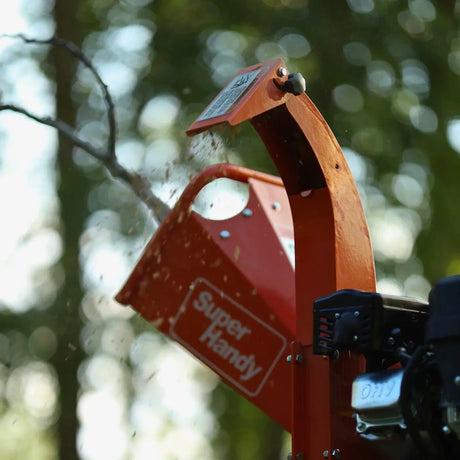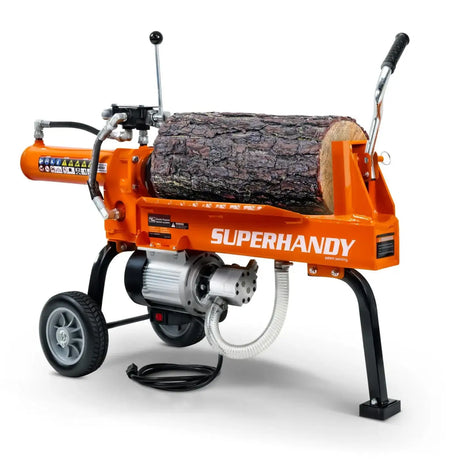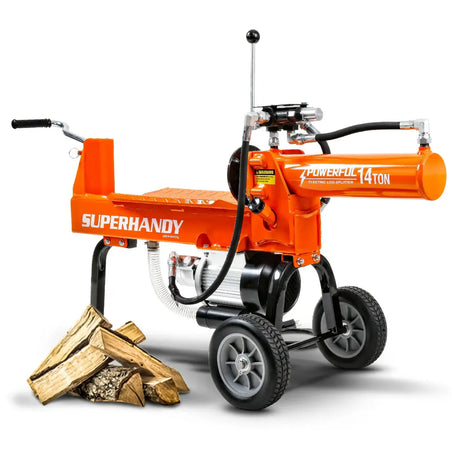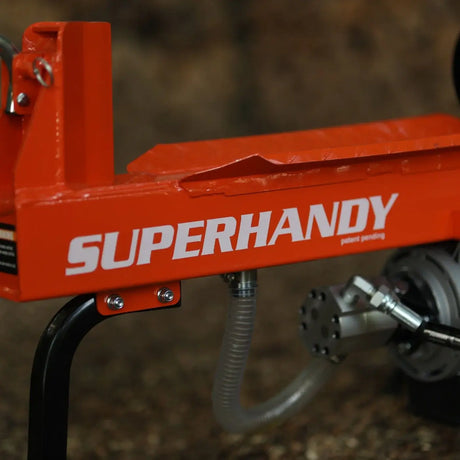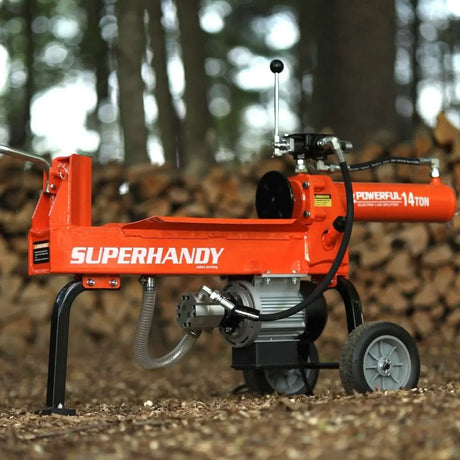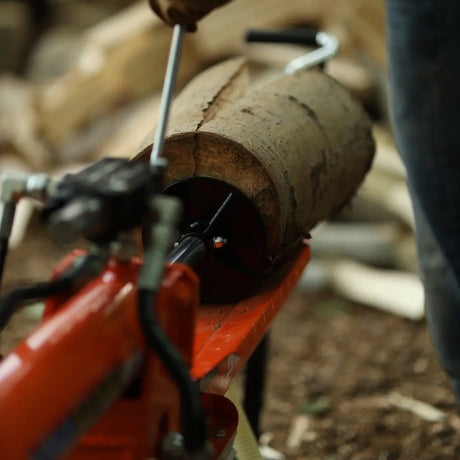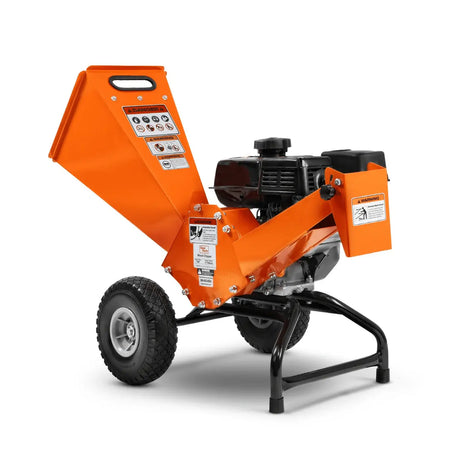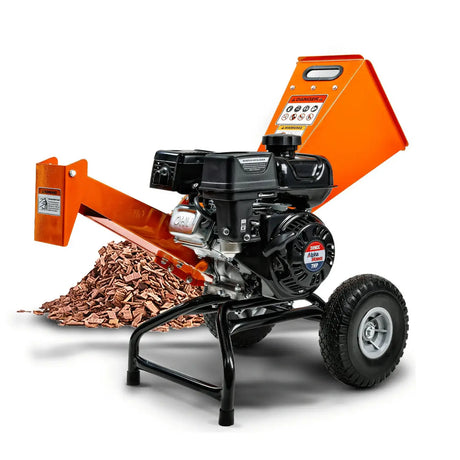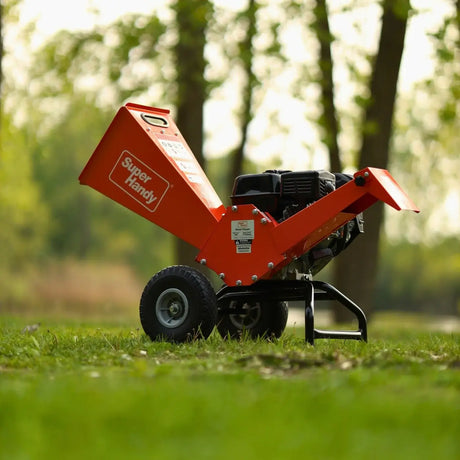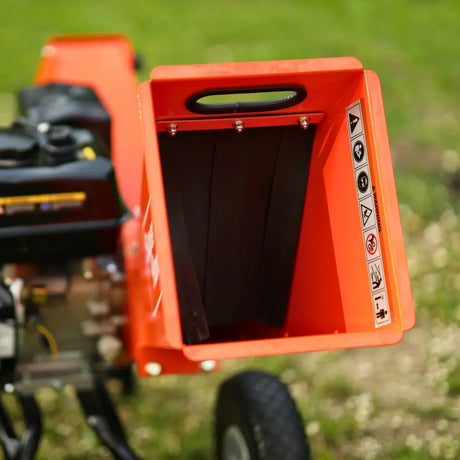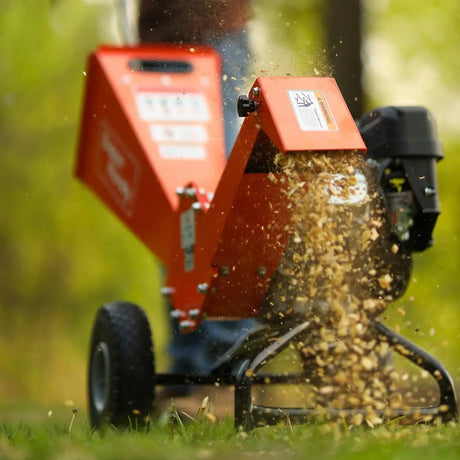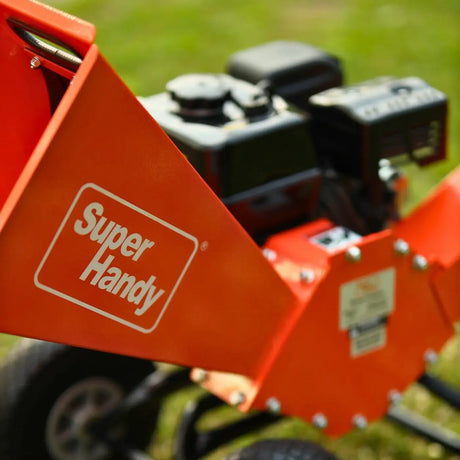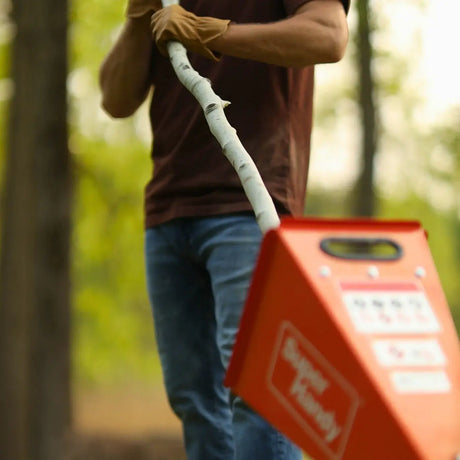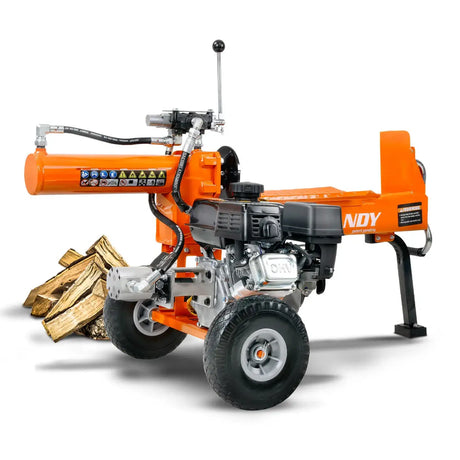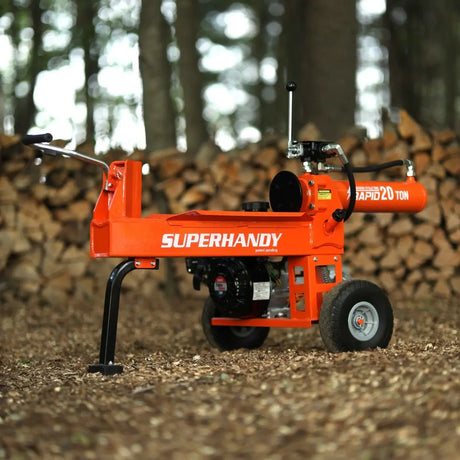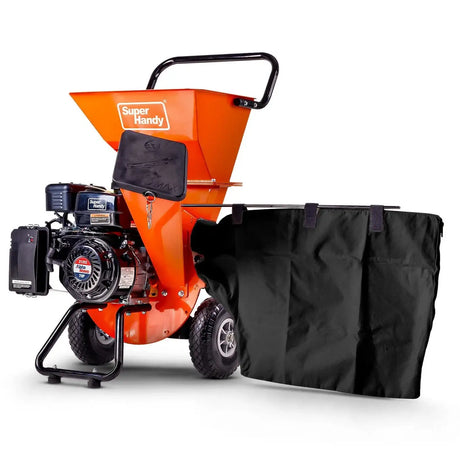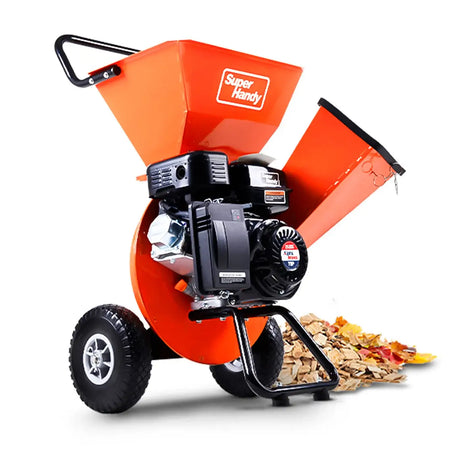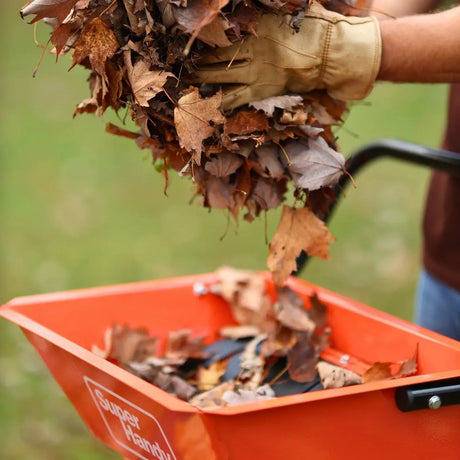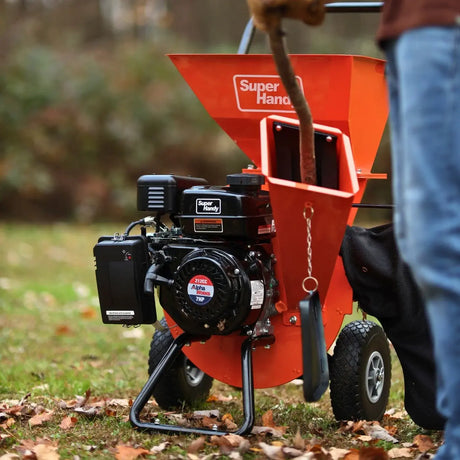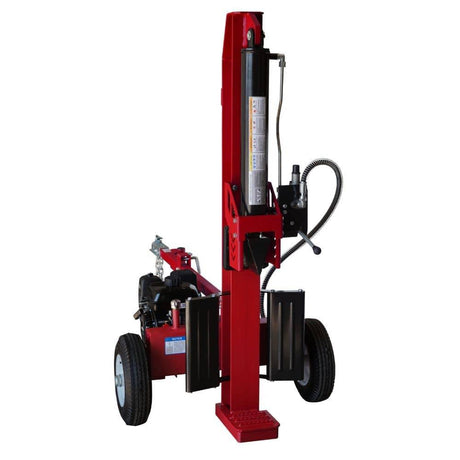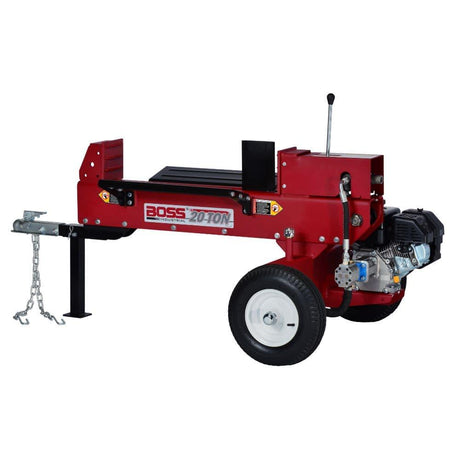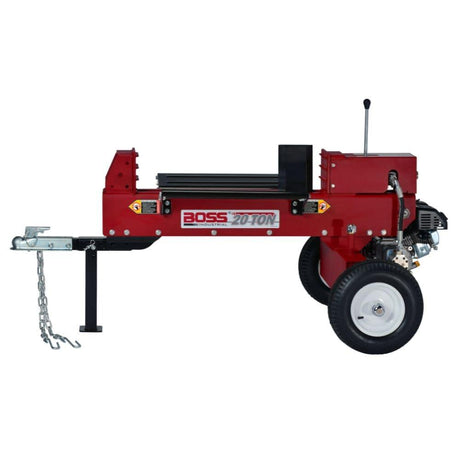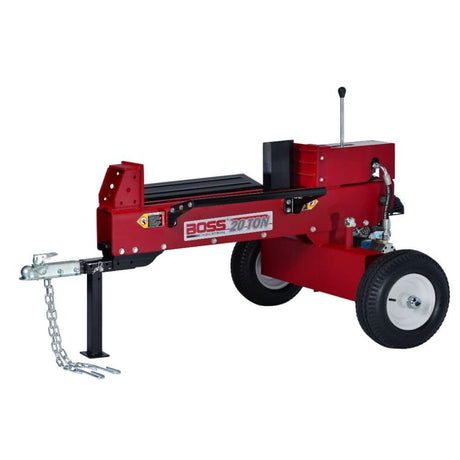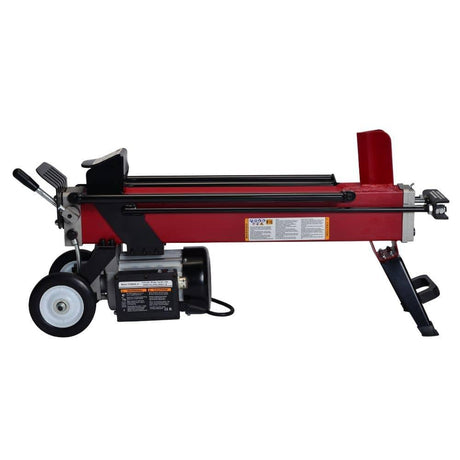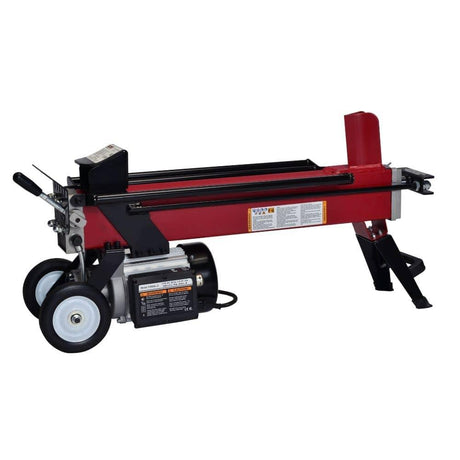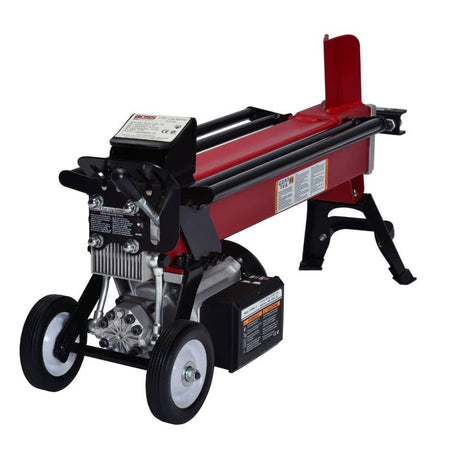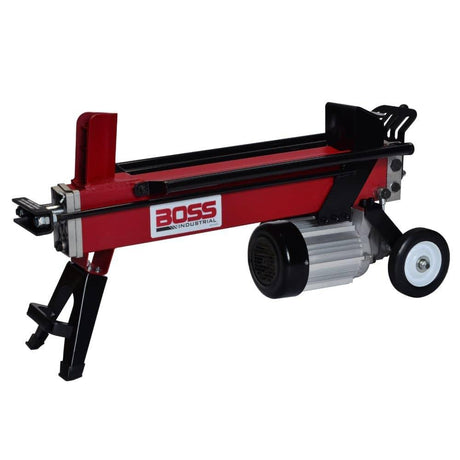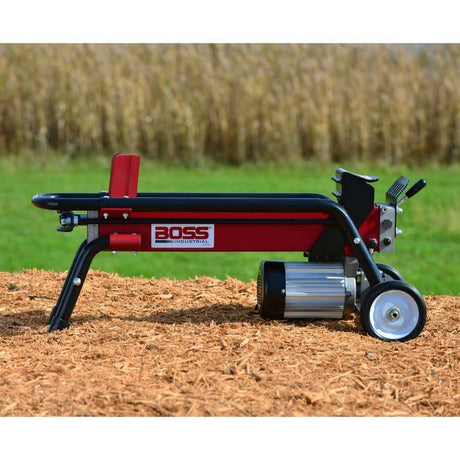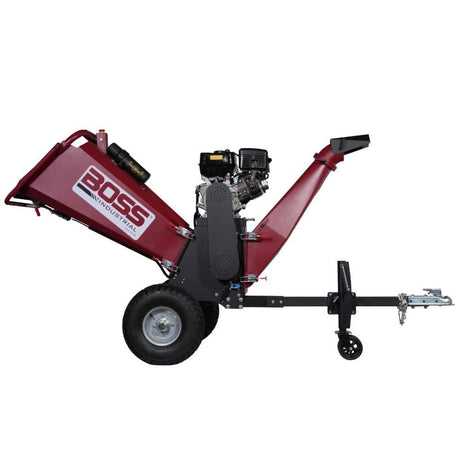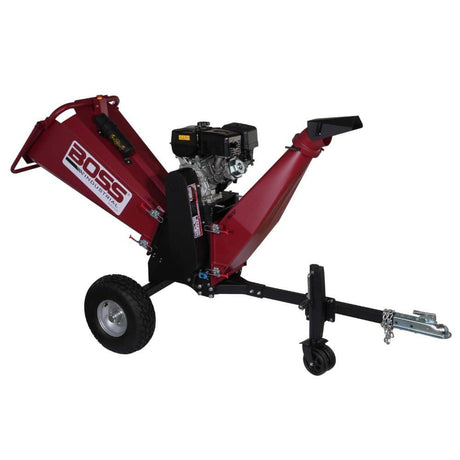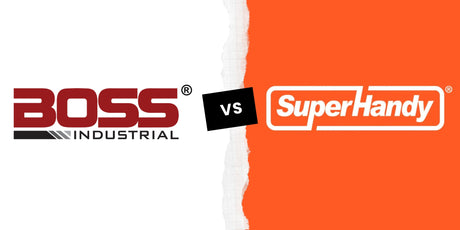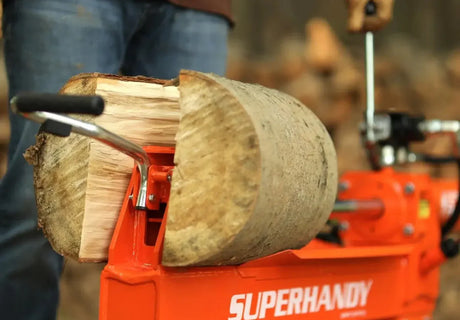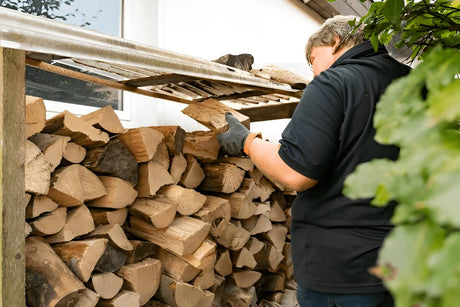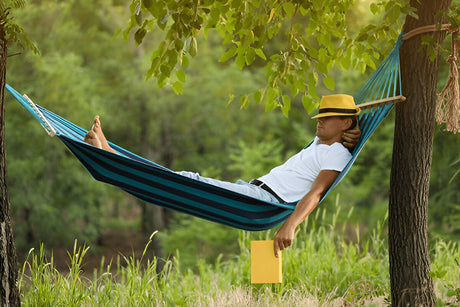Choosing the right size stump grinder doesn't need to be complicated. The trick is to match the machine to the job-nothing more, nothing less. If you're new to stump removal, start with a quick overview of how stump grinders work.
Whether you're clearing one backyard stump or tackling a full property line, here's how to size it right.
Understanding Stump Grinder Sizes and Categories
Small Stump Grinders: Best for Stumps Under 12 Inches
If you're working in a small garden with a couple of old tree stumps under a foot wide, a compact stump cutter gets the job done without breaking the bank-or your back.
- Best for: Homeowners, light DIY use
- Power range: 6-14 HP
- Pros: Lightweight, easy to transport, fits through gates
- Cons: Slower on tougher wood; not ideal for root-heavy stumps
Think of these as the "hand tools" of the grinder world. They're reliable for tight places and occasional use.
If you’re not sure if you need a grinder, check our Do You Really Need a Stump Grinder? 5 Signs You Might.

Medium Stump Grinders: Ideal for 12-35 Inch Stumps
Once you're dealing with tree stumps over a foot wide-especially hardwoods-you'll want a bit more muscle.
- Best for: Larger residential projects, light commercial jobs
- Power range: 15-25 HP
- Pros: Good balance of speed, power, and maneuverability
- Cons: Heavier and more expensive to rent or buy
These are the grinders you see landscapers using on suburban jobs. They strike a great middle ground.
| Grinder Size | Stump Diameter | Power Range (HP) | Best For | Pros | Cons |
|---|---|---|---|---|---|
| Small | Under 12 inches | 6–14 HP | Homeowners, light DIY | Lightweight, fits tight spaces | Slow on hardwoods or large roots |
| Medium | 12–35 inches | 15–25 HP | Residential, light commercial | Good balance of power and size | Heavier, pricier |
| Large | 35+ inches | 30+ HP | Land clearing, forestry, contractors | Fast, powerful, deep grinding | Bulky, overkill for small jobs |
Large Stump Grinders: For 35+ Inch or Multiple Stumps
Got a monster stump or a dozen of them? Now you're in heavy-duty territory. These machines chew through anything-fast.
- Best for: Commercial crews, land clearing, forestry, stump grinding business
- Power range: 30+ HP
- Pros: High productivity, deep stump grinding (up to 16")
- Cons: Bulky, costly, not ideal for tight spaces
These machines save hours on big jobs but are overkill for a lone stump.
For a complete buyer’s guide, see our Stump Grinder 101: Complete 2025 Buyer Guide.

Walk-Behind vs. Self-Propelled vs. Tracked Grinder
It's not just about tree stump size-it's how the machine moves, too.
- Walk-Behind: Good for flat, open areas. Simple and economical.
- Self-Propelled: Easier on hills or uneven terrain. Saves effort, especially with mid-size or larger jobs.
- Tracked Grinder: Excellent stability and traction on rough or muddy conditions. Preferred by pros for full-day use.
Shop Walk-Behind Stump Grinder →
Pro tip: If you're grinding stump on a slope, always lean toward tracked or self-propelled models for safety and control.
| Mobility Type | Best For | Terrain Type | Pros | Cons |
|---|---|---|---|---|
| Walk-Behind | Flat yards, small areas | Level ground | Affordable, simple to use | Less traction on slopes |
| Self-Propelled | Residential/commercial mix | Slight slopes, uneven ground | Easier to maneuver, saves effort | More expensive |
| Tracked | Land clearing, heavy-duty | Slopes, mud, rough terrain | Excellent traction and stability | Heaviest, harder to store |
How to Match Stump Grinder Size to Your Job
Choosing the right stump grinder isn't just about the stump's size - it's about matching the machine to where you're working, what you're grinding, and how often you'll use it. Here's how to dial in the right size for your situation.

Residential Use: Yard Work and Tight Access
Areas If you're just clearing one or two stumps in your backyard, a compact stump grinder is usually the way to go.
- Small, walk-behind (also called : handlebar stump grinder ) models are ideal for fitting through gates and working near fences or garden beds.
- They handle softer woods (like pine) and smaller stumps up to 12" wide just fine.
- If your stumps are hardwood or pushing the 15-20" range, consider a medium unit for quicker results.
Homeowner tip: Choose a model with folding handles or narrow wheels if you're working around landscaping.
Commercial Use: Landscaping and Land Clearing
Tree care professionals need equipment that's fast, reliable, and built to handle multiple jobs a day.
- For most landscaping crews, medium to large stump grinders offer the best mix of power and speed.
- Land clearing and forestry work usually demand tracked, high-horsepower units to handle multiple 30"+ stumps efficiently.
- These stump grinders can work all day, handle rocky ground, and reach grinding depths of 12-16 inches.
Time is money on commercial jobs. Bigger machines reduce labor costs and finish the job faster.

Grinding Depth and Root Complexity
Stump size tells part of the story - root systems can double your workload.
- Surface roots (common in maples and willows) can require wider stump grinding coverage.
- Deep roots may need a grinder that reaches 12-16 inches below grade, especially if you're planting in that area later.
- For shallow roots, standard 6-8" depth may be fine.
If regrowth is a concern, deeper grinding is worth the extra time.
After grinding, here’s how to deal with stump debris the smart way.
Terrain and Accessibility Considerations
The job site plays a big role in what stump grinder you should use.
- Flat lawns? A wheeled walk-behind or handlebar stump grinder is usually fine.
- Uneven ground or slopes? Go for a tracked or self-propelled model for better control.
- Tight spots? Choose a compact unit that's easy to maneuver.
Important consideration: Don't underestimate access issues. A big stump cutter won't help if it can't reach the stump.

Quick Comparison by Stump Diameter
Stump diameter is one of the easiest ways to figure out what size stump grinder you need. Here's a quick breakdown to help you decide.
Under 12 Inches: Light-Duty, Homeowner Models
For small stumps in residential yards, you don't need a monster machine.
- A handheld or walk-behind stump grinder with 6-15 HP is usually enough.
- These machines are easy to maneuver, fit through gates, and work well on softwoods like pine or spruce.
- Expect a grinding depth around 6-8 inches, which is plenty for grass or shallow planting.
If you've got one or two small stumps, this is your most budget-friendly and hassle-free option.
| Stump Size | Grinder Type | Power Range | Grinding Depth | Wood Type Examples |
|---|---|---|---|---|
| Under 12 inches | Walk-behind / Handlebar | 6–15 HP | 6–8 inches | Pine, spruce, fir |
| 12–24 inches | Wheeled / Self-propelled | 15–25 HP | 10–12 inches | Oak, maple, cherry |
| Over 24 inches | Tracked / High-power | 25+ HP | 12–16+ inches | Dense hardwoods, root-heavy |
12-24 Inches: Mid-Sized Stump Grinders for Heavier Jobs
Once you get into medium stumps - especially hardwoods - you'll want more power.
- Go for a wheeled or self-propelled grinder with at least 20 HP.
- These machines can grind deeper (up to 12 inches) and handle tougher woods like oak or maple.
- Perfect for larger yards, small acreages, or light professional use.
Great balance of size, speed, and cost - ideal if you've got multiple stumps or tougher wood types.
Over 24 Inches: High-Powered Commercial Stump Grinders
Big stump? Big machine.
- These are tracked, high-horsepower units (25+ HP) built for contractors and land-clearing crews.
- They grind fast, deep (up to 16 inches), and chew through dense hardwoods without slowing down.
- Best for forestry work, tree services, or when you've got a full yard to clear.
These machines are overkill for small jobs - but lifesavers for big ones.

Final Tips for Choosing the Right Stump Grinder Size
Think Long-Term: Frequency of Use vs. One-Time Job
If you're tackling just one or two stumps, especially in a typical backyard, renting a smaller grinder gets the job done without breaking the bank.
But if you:
- Own multiple properties
- Do landscaping work
- Or plan to clear land over time
...then investing in a mid-to-large unit pays off quickly. It'll save you time and hassle in the long run.
Rule of thumb: occasional work = rent; ongoing work = own.
Match Power to Stump Type and Soil Conditions
Not all stumps (or yards) are created equal.
- Hardwood like oak or maple? Go for more horsepower (20+ HP).
- Softer wood like pine? A mid-range unit will work fine.
- Rocky or compact soil? You'll want extra torque and solid cutting teeth to avoid bogging down.
Your terrain matters just as much as the stump itself.
Don't Overbuy: Bigger Isn't Always Better
It's tempting to go for the biggest machine, but here's the catch:
- Oversized grinders can be hard to maneuver in tight residential yards.
- They require more storage, more maintenance, and can tear up turf if you're not careful.
Instead, choose a size that matches your space, your stumps, and your experience level.
The best grinder is the one that gets your job done cleanly - not the one with the biggest engine.


